Research
Search our website
Search our website by entering a keyword or choose a database above to search specifically.
Search
Showing search results 3,491 - 3,500
14,725 results found

Crepe spreader
This text can only be consulted in Dutch
<https://www.mot.be/resource/Tool/crepe-spreader?lang=nl>

Creasing iron
This text can only be consulted in Dutch
<https://www.mot.be/resource/Tool/creasing-iron?lang=nl>

Crucible tongs
Crucible tongs are metal tongs with relatively long arms (approx. 10-40 cm)
and convex curved jaws, with which the melting pot can be removed from the
fire. Large versions of crucible tongs are also used in founding metals
like bronze to pour the molten metal into the mould. These tools are 2 to 4
meters long and must be handled with two people (1). [MOT] (1) One also
speaks of 'foundry ladle' or 'bull ladle'. See SELLENS, 270.

Crandall hammer
Hand tool of a stonecutter to hammer away the irregularities on a hard
stone face. It is composed of a number of pointed irons, held together in a
bracket with a locking wedge. The handle can be wood or metal. Since the
irons are easily exchangeable, they can be individually sharpened or
forged. This hand tool is no longer actively used. (1) See also the bush
hammer. [MOT] (1) Due to the excessive dust formation, it would already be
prohibited in the Netherlands in 1921. See JANSE 1997: 26.

Crown drill
This text can only be consulted in Dutch
<https://www.mot.be/resource/Tool/crown-drill?lang=nl>

Corner brace
This text can only be consulted in Dutch
<https://www.mot.be/resource/Tool/corner-brace?lang=nl>

Crumb scraper
This text can only be consulted in Dutch
<https://www.mot.be/resource/Tool/crumb-scraper?lang=nl>

Curd knife
This text can only be consulted in Dutch
<https://www.mot.be/resource/Tool/curd-knife?lang=nl>

Crumb tray
This text can only be consulted in Dutch
<https://www.mot.be/resource/Tool/crumb-tray?lang=nl>
Crown saw auger
This text can only be consulted in Dutch
<https://www.mot.be/resource/Tool/crown-saw-auger?lang=nl>








